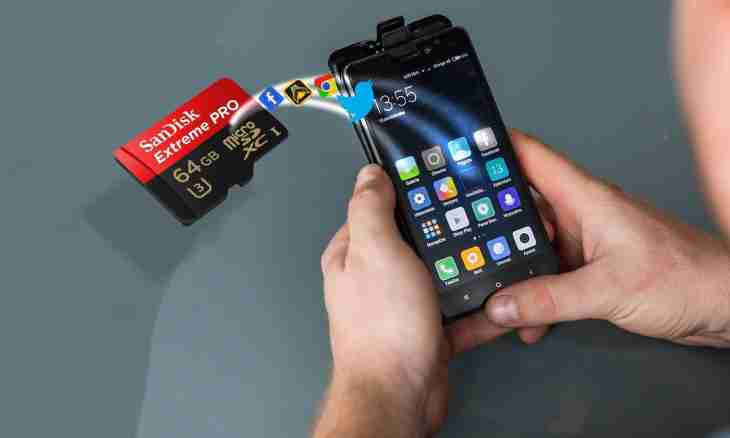Light transferred from one point of space to another can bear energy, information or both at the same time. In transparent environments the optical study extends rectilinearly, and by means of optical devices the direction of the movement of photons can be changed.
Instruction
1. Depending on what area the area to which light is transferred has to have, choose a type of a source of radiation. Sources with the large shining fields create low concentration of light even at the considerable power. From them radiation is evenly transferred to all objects located around. It is good to focus light from such source difficult, and at times and it is impossible. The dot source before focusing also lights everything around evenly, but it is worth focusing its light a lens or a concave mirror as almost all radiation created by it begins to be transferred to one point therefore concentration of power considerably increases. Even better laser radiation gives in to focusing.
2. If between a light source and the place of reception there are no barriers, more between them it will not be required to place any optical devices. In the presence obstacles the course of a beam should be bent. For this purpose use prisms and mirrors. The first of them use the phenomenon of full internal reflection from the surface dividing environments with various index of refraction (air and glass or other solid transparent material), and action of the second is based on one of axioms of geometrical optics according to which the hade is equal to the angle of reflection.
3. When points of transfer and intake of light are separated from each other by several obstacles, use a periscope - the pipe consisting of several direct pieces in which places of joints prisms or mirrors are located. If it is enough to transfer intensity of light, but not data on an emitter form, light guides come to the rescue. They are divided into plastic, with big attenuation, and glass, capable to transfer light to considerable distances. The fiber light guides which are flexible are most convenient. Having a bunch of such light guides, it is possible to transfer roughly information and on a form of a light spot, than developers of endoscopes use.
4. But it is the most convenient to transfer information together with light, modulating intensity of radiation. If the source has small inertia (neon lamp, a light-emitting diode, the laser), the speed of data transmission can be very high. Also choose the receiver taking into account modulation frequency. Do not use photoresistors and ionic photo cells on high-speed lines of optical communication - they are too inertial. Try to use phototransistors, photo diodes, vacuum photo cells and photo multipliers (FEM).

